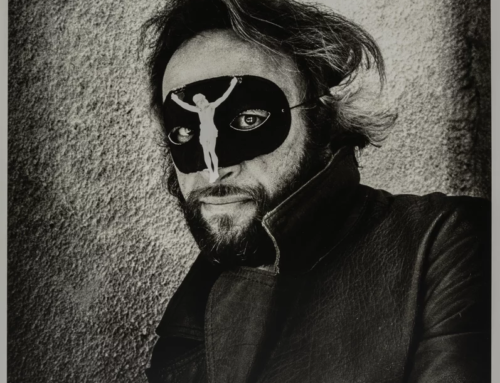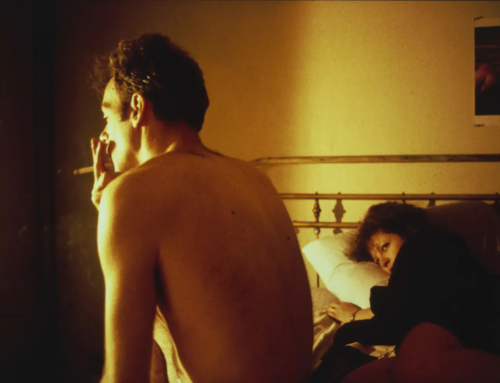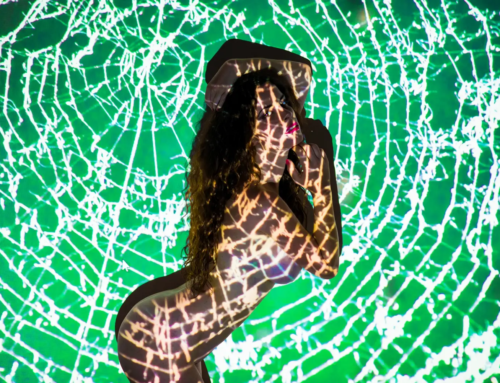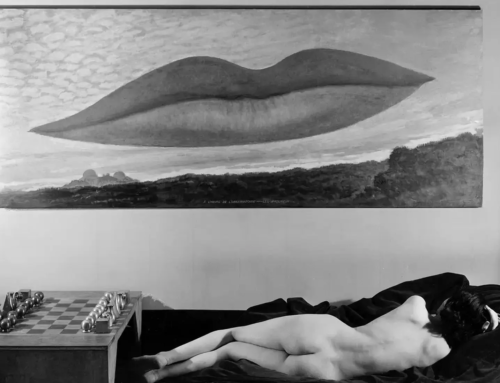The Body as Canvas: Exploring Body Modification in Nude Art Photography
The human body has always been a primary canvas for art, but when that canvas is itself a work of art, a powerful dialogue emerges. The intersection of nude art photography and body modification—the ancient and modern practice of altering the body for aesthetic, spiritual, or personal reasons—creates a fascinating artistic frontier. This fusion challenges traditional notions of beauty, documents profound stories of identity, and pushes the boundaries of self-expression. This comprehensive guide explores the dynamic relationship between these two mediums, offering insights into techniques, cultural significance, and the limitless artistic possibilities that arise when the photographer’s lens meets the modified form.
Understanding Body Modification: A Spectrum of Expression
Types of Body Modification
Body modification encompasses a vast and diverse range of practices, each with its own aesthetic, technique, and cultural weight. These include:
- Tattoos: The ancient art of inscribing permanent ink into the skin, ranging from small, deeply personal symbols to vast, narrative bodysuits that take years to complete.
- Piercings: The practice of puncturing the body to wear jewelry, from traditional ear piercings to more complex facial, surface, or intimate piercings.
- Scarification: The artistic and ritualistic practice of creating intentional scars through cutting, branding, or abrasion to form permanent patterns or textures on the skin.
- Subdermal Implants: Placing objects made of silicone or other inert materials beneath the skin to create raised, three-dimensional designs and alter the body’s silhouette.
- Extreme Modifications: A category that includes less common practices such as tongue splitting, ear pointing, corneal tattooing, or voluntary amputation, often undertaken by those in the “modern primitive” movement.
In Burak Bulut Yıldırım’s “Girl with the tiger tattoo,” the modern tattoo is presented as a powerful aesthetic statement. The intricate, large-scale artwork on the subject’s back is not just decoration but an integral part of her identity, and the photograph celebrates this fusion of skin and art.

Girl with the tiger tattoo by Burak Bulut Yıldırım
The Cultural Significance of Body Modification
Understanding the context behind a modification is crucial for any photographer. These practices have deep roots and varied meanings across the globe:
- Traditional and Ritualistic Practices: Many indigenous cultures, from the Māori of New Zealand with their genealogical *tā moko* tattoos to various African tribes who practice scarification, use body modification to mark rites of passage, social status, tribal affiliation, or spiritual devotion. **The historical photograph by Hugo Bernatzik of a tattooed South African woman provides a vital glimpse into these traditions, reminding us of the deep cultural heritage of these practices.**
- Modern and Subcultural Interpretations: In contemporary Western societies, body modification often represents a conscious act of personal identity formation, rebellion against mainstream norms, or a commitment to a particular subculture (like punk, goth, or the modern primitive movement).
- Spiritual and Personal Narratives: For many, a tattoo or scar is a deeply personal marker—a memorial for a loved one, a symbol of overcoming hardship, or a manifestation of a spiritual belief.

Hugo Bernatzik
Photographing Modified Bodies: Techniques and Strategies
Lighting Techniques to Reveal, Not Just Show
Proper lighting is crucial to showcase body modifications effectively, transforming them from flat markings into dynamic, textured elements.
- Highlighting Tattoos: To emphasize the detail in tattoo work, use a hard side light (raking light) that skims across the skin. This creates micro-shadows that reveal the texture of raised linework and the way the ink settles into the skin. For color tattoos, use soft, diffused light to ensure the colors are rendered vibrantly and accurately.
- Capturing Piercings: Metallic jewelry can be tricky. Experiment with backlighting or using a small, focused light source (a snoot) to create a “catchlight” or a glowing glint on the metal, making it pop without creating harsh, distracting reflections.
- Revealing Scarification: Scarification is all about texture. Dramatic, low-angle side lighting is essential. This technique will cast deep shadows into the scarred patterns, making their three-dimensional quality visible and tactile to the viewer. **The portrait by Chelone Wolf is a masterful example of this, where light is used to trace the intricate patterns of scarification on the subject’s skin.**

Chelone Wolf
Composition Strategies to Integrate Form and Modification
Thoughtful composition can enhance the impact of body modifications, making them an integral part of the overall image rather than an incidental detail.
- Focus on the Details: Use a macro lens to get incredibly close, turning an intricate tattoo into an abstract landscape or a unique piercing into a piece of fine jewelry sculpture.
- Juxtaposition and Contrast: Create powerful compositions by contrasting modified and unmodified areas of the body. A heavily tattooed arm resting against a stretch of clear, unmarked skin can create a compelling visual narrative.
- Symmetry and Asymmetry: Utilize the placement of modifications to create compositions that are either perfectly balanced or intentionally unbalanced and dynamic. **Hans Silvester’s photograph of a Suri woman uses the symmetry of her facial paint and lip plate to create a powerful, formal, and dignified portrait.**

Hans Silvester
Color Considerations
Color plays a significant role in how we perceive modified bodies, and your choice of color palette can dramatically alter the mood of the image.
- Black and White: This classic choice excels at emphasizing texture, form, and contrast. It is particularly effective for highlighting the raised patterns of scarification and the bold graphic quality of black ink tattoos, stripping away distraction to focus on the modification itself.
- Vibrant Color: Color photography is essential for capturing the artistry and vibrancy of colored tattoos or the subtle hues in different types of body jewelry. A carefully chosen color palette in the background or lighting can be used to either complement or contrast with the colors in a tattoo. **Reka Nyari’s work often uses rich, saturated color to make the subject’s tattoos a central, vibrant element of the composition, as seen in the striking image here.**

Reka Nyari
Artistic Approaches: Telling Stories with Skin
Narrative Photography
Every modification is a story. The photographer’s role can be to act as a visual biographer, using the nude form to bring these narratives to life.
- Personal Histories: Work collaboratively with your subject to understand the meaning behind their modifications. A photograph can then be crafted to capture a tattoo or scar that represents a significant life event—a birth, a loss, a transformation. **Burak Bulut Yıldırım’s “Skins” series delves into this, treating the skin as a document of life stories.**
- Cultural Narratives: Travel and document traditional body modifications in their original cultural context, creating work that is both artistically beautiful and anthropologically valuable.
- Fictional Narratives: Use a subject’s modifications as a starting point to create a fictional character or a cinematic scene, building a new story on top of the one already present on the skin.

Skins by Burak Bulut Yıldırım
Abstract and Conceptual Approaches
Moving beyond literal representation allows for an exploration of deeper themes related to identity and the body.
- Fragmentation and Abstraction: Focus on isolated parts of the modified body with a macro lens. A section of a tattoo can become a swirl of abstract color; a subdermal implant can look like a strange, alien landscape under the skin.
- Surrealism: Combine body modifications with digital manipulation, projection, or unusual props to create otherworldly and dreamlike effects. **Elena Vizerskaya’s work is a fantastic example of this, blending the modified body with surreal digital elements to create a new reality.**
- Symbolism: Use a modified body to represent a broader concept. For example, a body covered in piercings could symbolize resilience against pain, or a body with subdermal horns could explore the archetype of the “outsider.”

Elena Vizerskaya
Berlin’s Canvas: Body Modification and Nude Art in the German Capital
Berlin stands as a global epicenter for both counter-culture and artistic expression, making it a uniquely fertile ground for the intersection of nude art and body modification. The city is home to a world-renowned tattoo scene, with legendary artists and studios dotting neighborhoods like Kreuzberg, Neukölln, and Friedrichshain. This is not just a trend; it’s woven into the city’s very fabric. Berlin’s identity is built on a history of rebellion, a fierce defense of individuality, and a celebration of personal freedom—values that are at the very core of the body modification ethos. The modified body in Berlin is often a proud statement of identity, a rejection of conformity, and a piece of walking art.
This cultural landscape provides an incredible opportunity for photographers. The city is filled with potential subjects who are not only extensively modified but are also deeply engaged with the artistic and personal meaning of their bodies. The visual backdrop of the city—from its gritty, graffiti-covered walls to its sleek modernist architecture—offers the perfect stage for creating powerful narratives that explore the dialogue between the modified individual and their environment. For an artist working in this genre, Berlin is not just a location; it is an endless source of inspiration and collaboration.
Conclusion: A Dialogue Written on the Body
The intersection of nude art photography and body modification is a rich and evolving territory that offers profound opportunities for artistic exploration, cultural commentary, and personal expression. It challenges photographers to be technically skilled, ethically conscious, and creatively visionary. The modified body is a living document, a canvas of personal stories, cultural heritage, and acts of self-definition. When approached with respect, understanding, and genuine artistic curiosity, the act of photographing this canvas can result in powerful, unforgettable images that celebrate the incredible diversity of human expression and force us to question our own perceptions of beauty, identity, and art itself.
Explore the Modified Form in Berlin
In the nude art photography workshops led by experienced photographer Burak Bulut Yıldırım, the unique challenges and opportunities of photographing modified bodies are explored in depth. Held in Berlin, a global hub for body modification culture, these workshops provide a respectful and creative environment to learn the specific lighting and composition techniques needed to capture the beauty and complexity of tattoos, piercings, and other modifications. With 19 years of experience, Yıldırım offers valuable insights into working collaboratively and ethically with modified subjects to create powerful, authentic art. For collectors, his limited edition works are available on Saatchi Art and Artsper, and his full portfolio can be seen at burakbulut.org.
To delve deeper into this specialized field or to join a workshop, reach out via Instagram or email at hello@nudeartworkshops.com.




